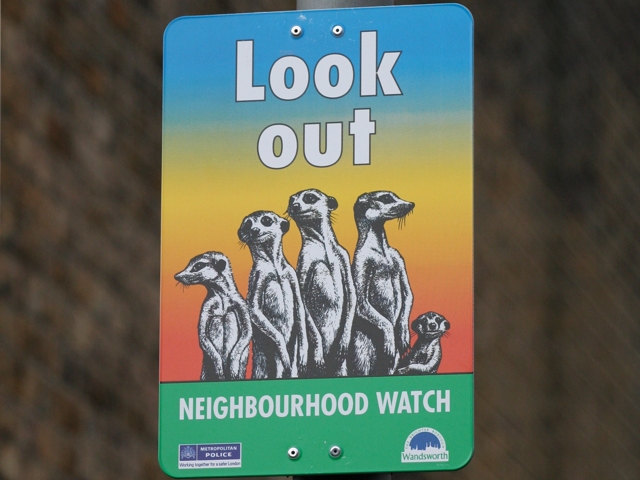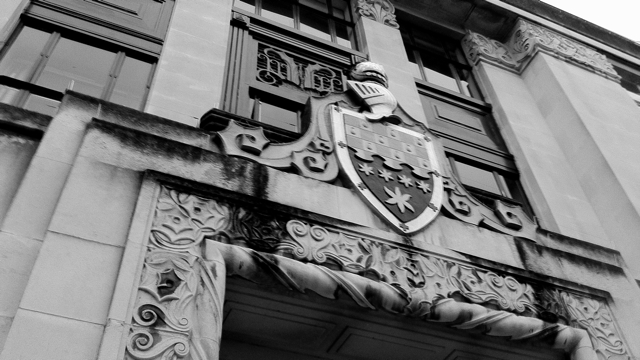I used to be quite involved in Wandsworth Neighbourhood Watch in a strange, semi-detached, way as the cabinet member responsible for the council’s involvement in the scheme. Wandsworth Council is quite unusual in having taken on responsibility for running it from the police, and has traditionally had one of the strongest networks in the country. But that responsibility perhaps created meant focusing on the wood rather than the trees.
The council and police have recently highlighted a spate of burglaries in the ward, mainly in the roads between Lavender Hill and Clapham Common and while the police have done a lot to tackle that (fairly recently they made four arrests which combined accounted for a lot of the crime) they were also keen to see Neighbourhood Watches playing their part.
What struck me though, looking at a presentation they laid on, was how the north of the ward, the Shaftesbury Park Estate, had hardly any active Watches at all. I may have spent years being proud of the extensive Neighbourhood Watch network in Wandsworth, but had not noticed the decline on my front door.
It was a revelation for me. It’s been nearly three years since I had any responsibility, but even before, I’d never looked at the data mapped (which raises more thoughts on data visualisation that is for another time). Instead I’d focused on the overall number for the borough and the numbers per ward. Shaftesbury ward has always, and still does, fair well when compared to the rest of the borough and therefore never came to be a priority. Instead I focused on trying to innovate—by trying to create better networks and offering enhanced training—and work on those areas that were underrepresented—ward with high proportions of social housing have tended not to be involved.
The accepted wisdom has always been that there is a stronger sense of community in the Shaftesbury Park Estate and, therefore, an assumption that things like Neighbourhood Watch would thrive. This seems not to have been the case.
Naturally the lack of Neighbourhood Watch does not mean a lack of community, either on the Shaftesbury Park or elsewhere. It may well mean that community networks perform the same functions without the formal status. I do, however, think Neighbourhood Watch can act as a proxy measure for a sense of community, and while the correlation is not absolute there is a correlation.
I did wonder about how we could turn that around, but that is also something for another time: I have to practice what I preach, which means starting, or at least trying to start, a Watch in my own street, but as a council service and with the council elections imminent it raises all sorts of issues regarding purdah that make it inappropriate for me to do anything until June.
That does not, however, prevent others from starting, and if you are in Shaftesbury Ward I’m happy to offer whatever support I can (just get in touch). You can get further information from the council’s Community Safety pages and the national Our Watch website.

 Yet more democracy in action last night at the Environment, Culture and Community Safety OSC.
Yet more democracy in action last night at the Environment, Culture and Community Safety OSC.
 It’s been another week I’ve ended out of Wandsworth. This week the child in me has been excited by a trip on a sleeper train in which my knowledge of sleepers, derived entirely from Agatha Christie and Hart to Hart (a show surely due a remake) was confounded as no-one was murdered). If that wasn’t enough, it was topped by a tour around an airport – and not just the passenger side, but the driving around the runways side.
It’s been another week I’ve ended out of Wandsworth. This week the child in me has been excited by a trip on a sleeper train in which my knowledge of sleepers, derived entirely from Agatha Christie and Hart to Hart (a show surely due a remake) was confounded as no-one was murdered). If that wasn’t enough, it was topped by a tour around an airport – and not just the passenger side, but the driving around the runways side.